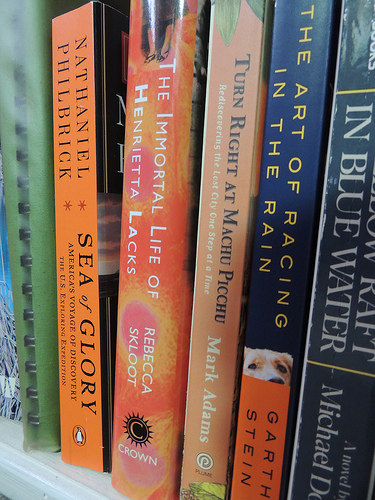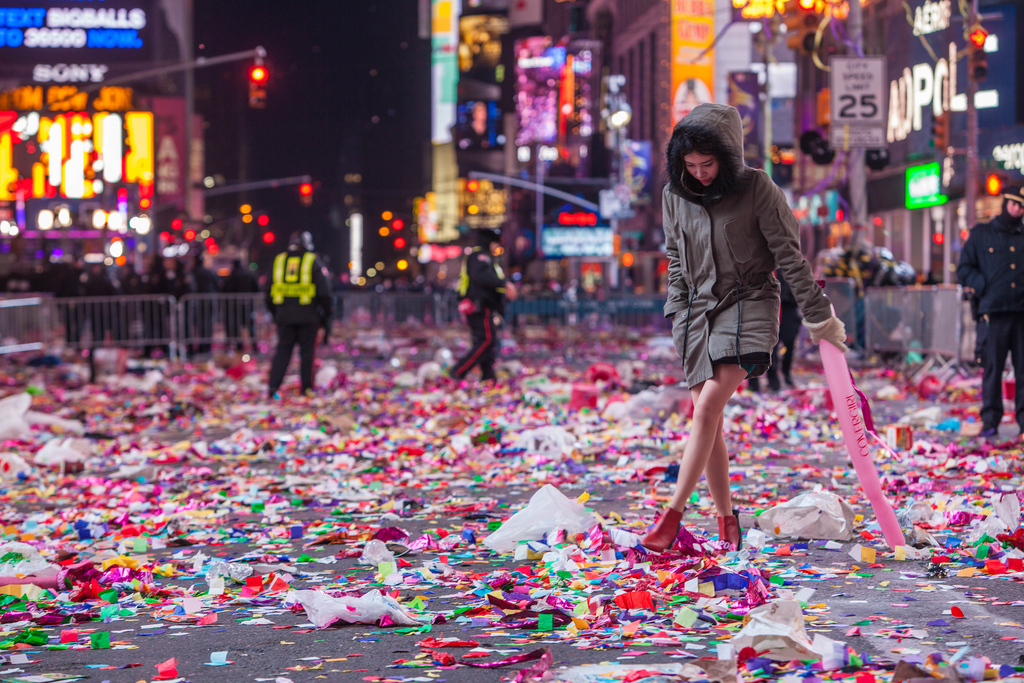
It’s that time of year again: time to join the next year’s reading challenges! I find reading challenges push me in my reading. I don’t sweat it too much if I don’t complete them, but they sometimes prompt me to pick up books I ordinarily wouldn’t. They can be a lot of fun! I will update my progress on a 2023 Reading Challenges page, as I have done for the last seven years. I will update this post as I find/join new challenges.
I plan to try the following challenges:
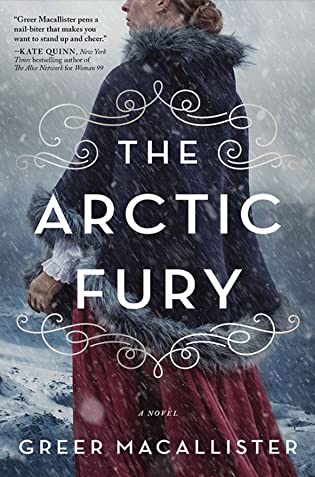 The Arctic Fury by
The Arctic Fury by 
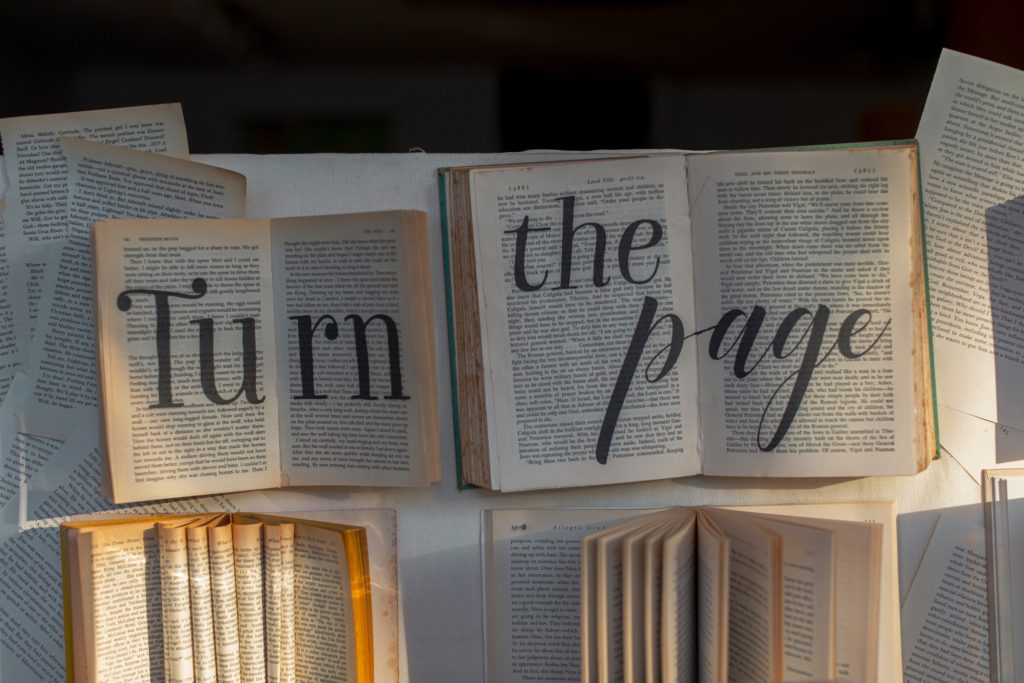




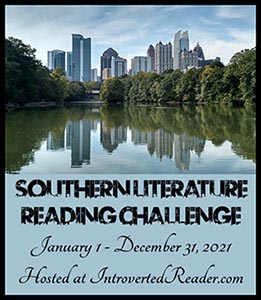
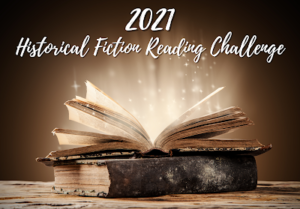
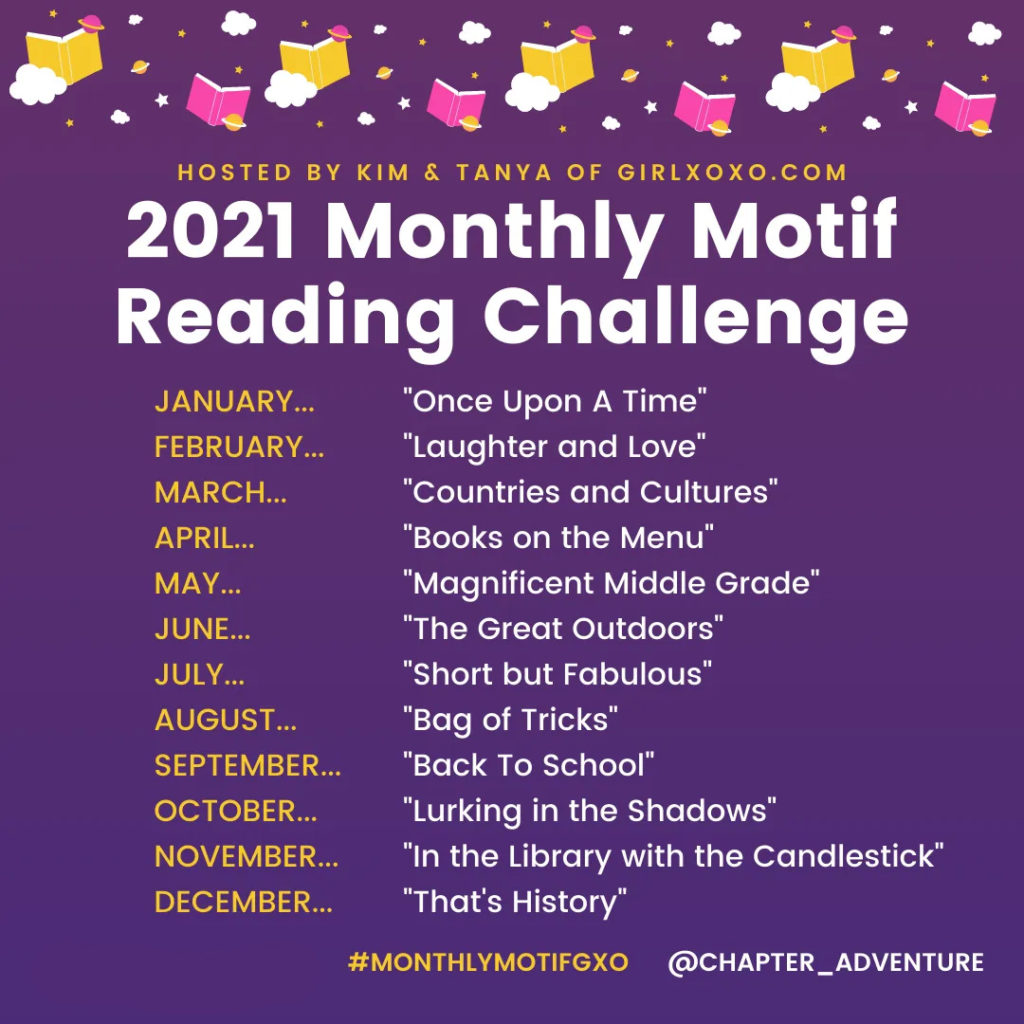
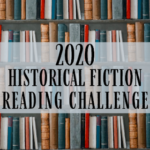
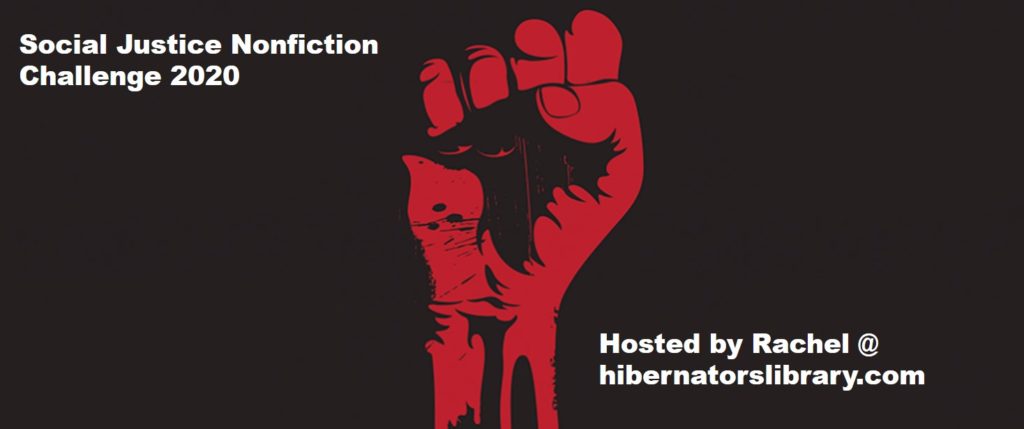
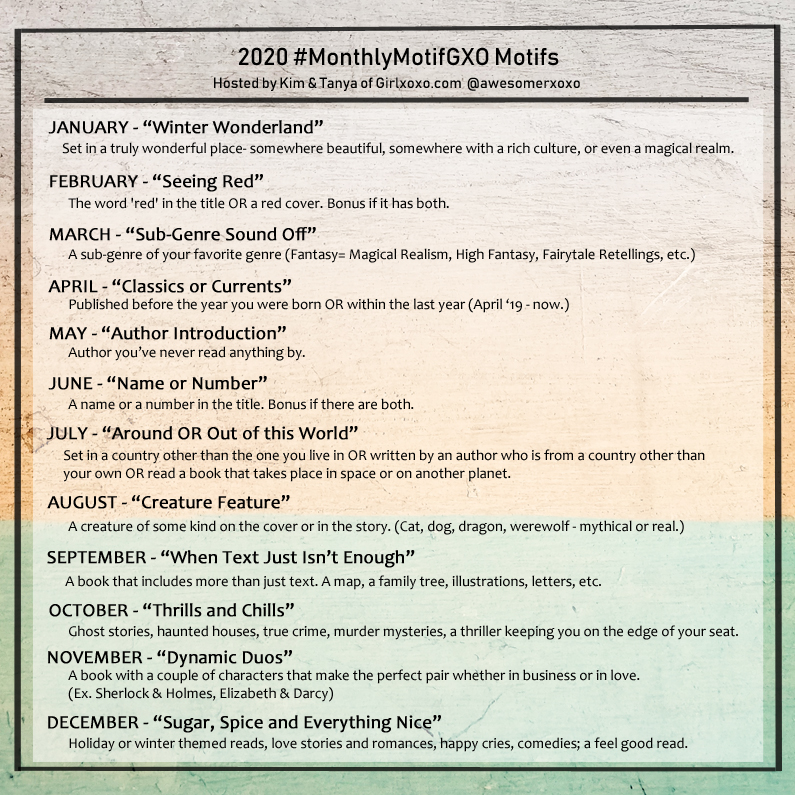
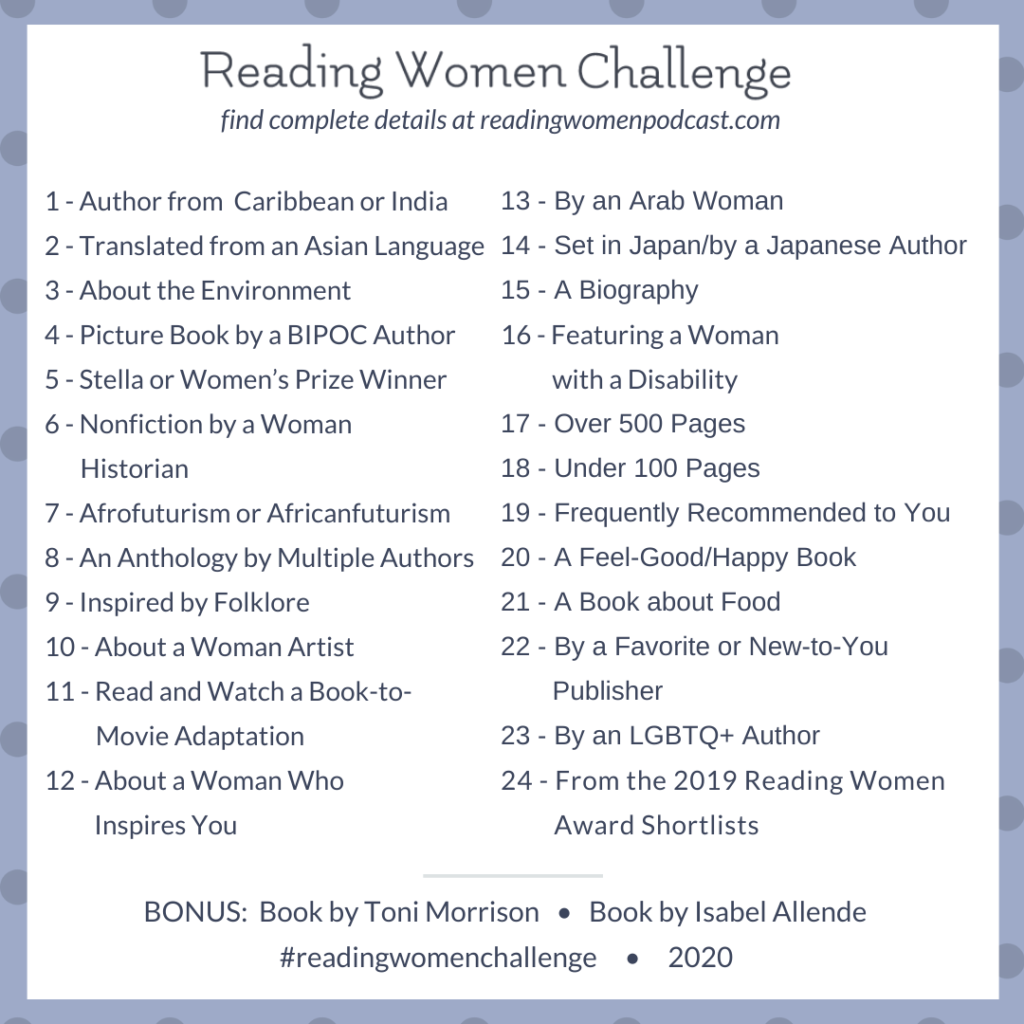

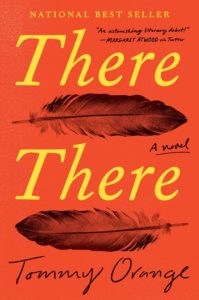
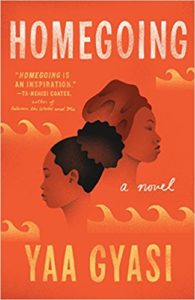
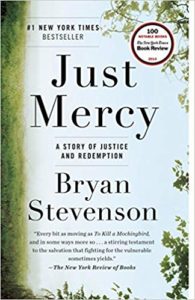
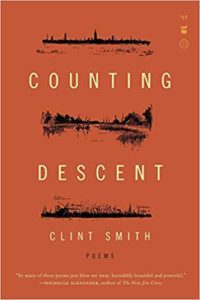
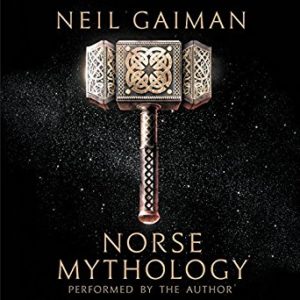

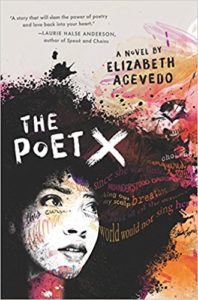
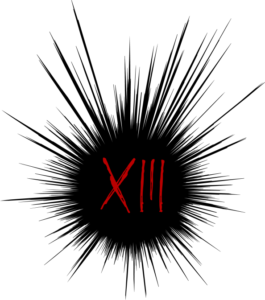 It’s that time of year again. Time for the R. I. P. Challenge! This is my favorite reading challenge for many reasons. There is a real sense of community and fun surrounding this challenge, and it’s also perfectly suited to the time of year.
It’s that time of year again. Time for the R. I. P. Challenge! This is my favorite reading challenge for many reasons. There is a real sense of community and fun surrounding this challenge, and it’s also perfectly suited to the time of year.






